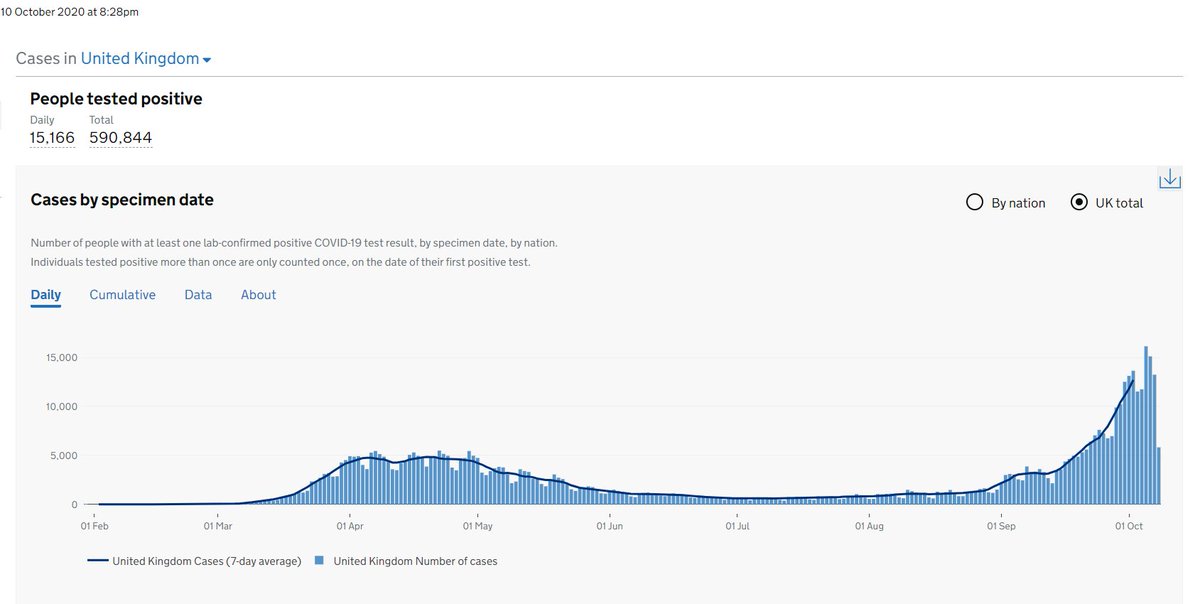
On a lighter note this weekend, let me tell you the story of a (not so secret) service dedicated to protecting the human population from aliens.
1/
(They don't usually dress like that btw with exception of maybe @antmikeg & @Smithkjj )
1/
(They don't usually dress like that btw with exception of maybe @antmikeg & @Smithkjj )
And by aliens I mean the bug kind...
(Sometimes real biology looks worse than our imagined extra-terrestrial invaders)
If you've not guessed yet I'm referring to Health Protection teams across the UK who deal with communicable diseases & environmental health threats.
2/
(Sometimes real biology looks worse than our imagined extra-terrestrial invaders)
If you've not guessed yet I'm referring to Health Protection teams across the UK who deal with communicable diseases & environmental health threats.
2/

HP teams are made up of a diverse lot of professionals: communicable disease control consultants, nurses, practitioners, scientists, epidemiologists, microbiologists, analysts, emergency planners, etc.... that reflect the skill mix required.
3/
3/
They do a lot of infectious disease surveillance that goes on in the background in normal times, looking out for the next outbreak, or forecasting changes in infection trends, or monitoring effect of vaccines etc. They're experts at making sense of all that surveillance data.
4/
4/
And they do lots of investigative work to find out whodunit, kinda like outbreak/infectious disease detectives investigating a microbial crime scene. Where did it start? How did it start? Who got hurt? Where's it gone? Why did it happen? Etc...
5/
5/
In this endeavour they're often supported by a diverse cast that includes colleagues from infectious diseases, virology, microbiology, environmental health, sexual health, animal/plant health, Health & Safety, immunology, vaccinology, public health, etc.
6/
6/
They help coordinate outbreak investigations & response that involves an orchestra of different agencies from hospitals to clinics to local authorities etc...
7/
7/
They make sense of the evidence base and help create guidance for partners and others so that responses are evidence-based, uptodate, proportionate & standardised.
8/
(Well done to @RenuBindra & team who've slogged thru the past year)
8/
(Well done to @RenuBindra & team who've slogged thru the past year)
They're experts at assessing risk & managing uncertainty. Often people seek zero risk solutions that don't exist & it's a real tough task to find right balance between risks, harms, & ensuring proportionate responses. Not easy shouldering uncertainty.
9/
9/
They're the national pandemic insurance / security blanket. When it all goes right, no one notices or cares (& in past decade there have been cuts to the service). But, when the brown stuff hits the cooling apparatus, they are who you need to help dig you out of it.
10/
10/
ICYMI the last 2 decades has been eventful: SARS, swine flu, Ebola, MERS, avian flu, super-gonorrhoea, carbapenemase producing organisms, XDR TB, polonium, Novichok, anti-vaxxers, etc... As COVID has shown us, we're only a spillover or mutation away from the next epidemic.
11/
11/
They bridge the science & operational end of public health for infectious disease control. It's a highly specialist field of public health whose practitioners have had years of training & prior experience from clinical medicine, infection control, environmental health, etc.
12/
12/
Lastly I do feel health protection is one thing that the UK is good at and it remains to be seen what the new NIHP will bring.
Some good communicable disease control specialists to follow on social media include @doctorshaib & @petermbenglish
Some good communicable disease control specialists to follow on social media include @doctorshaib & @petermbenglish
• • •
Missing some Tweet in this thread? You can try to
force a refresh







